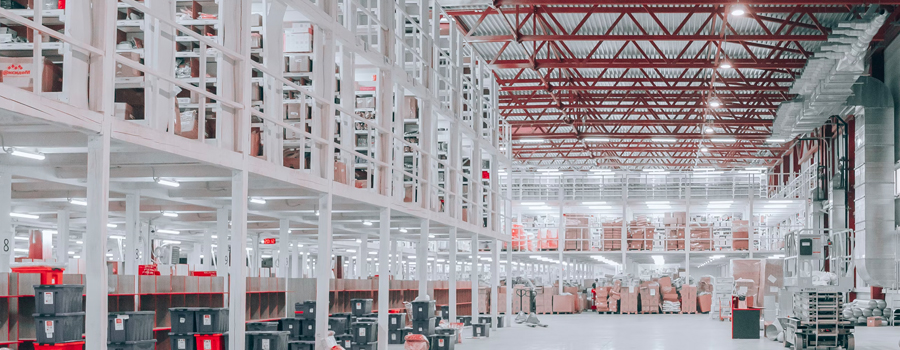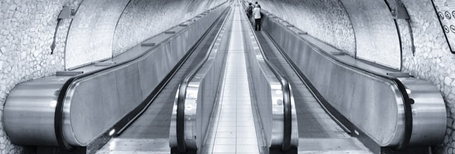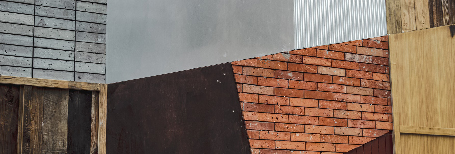
the shelf must comply with the corresponding standards and specifications in the whole life cycle of planning, design, manufacturing, installation and implementation, and operation and use. the domestic storage shelf industry has experienced nearly 40 years of development and accumulated a lot of experience..most manufacturing companies in the industry comply with the us rmi standard, the uk sema standard, the european en standard and the australian as4084 standard.
in the warehouse, the shelves are easily affected by external factors and cause problems, such as air humidity, ground subsidence, rust, precision deviation, shelf damage, etc. caused by human use. carrying out shelf safety inspections on a regular basis can effectively reduce the potential safety hazards of shelves in use, and avoid direct and invisible losses caused by safety accidents.
during the long-term service of the shelf, collisions, overloading and fatigue will inevitably occur, which are specifically reflected in:
1. the initial deviation of the shelf position is further increased due to long-term load, exceeding the range allowed by safety standards.;
2. tilt or offset caused by floor settlement;
3. frequent access operations cause structural parts to loose and fall off;
4. safety protection facilities are not equipped or not equipped in place, which is likely to cause operating accidents;
5. the damaged structural parts or auxiliary parts have not been replaced in time;
6. the specifications of the goods change, and the technical parameters need to be recalculated and changed.
these daily wear and tear will affect the structural stress level of the shelf system, and ultimately reduce its structural safety and carrying capacity, making the shelf system potentially unsafe and hidden dangers, so regular evaluation is essential.

the shelf inspection services provided by noa include but are not limited to:
| 1. shelf support integrity check | 2. detection of shelf verticality offset |
| 3. detection of horizontal offset at the bottom of the shelf | 4. detection of horizontal deformation of shelf beams |
| 5. detection and classification evaluation of shelf collision points | 6. inspection of safety bolts |
| 7. ground settlement, horizontal plane detection | 8. shelf safety modification recommendations |
| 9. inspection of paint condition and evaluation of the remaining life of the coating | 10. actual load test of shelves |
| 11.assessment of the overall condition of the shelves |
1. customer submits specific requirements.
2. professionals engage with the client.
3. preparation of a professional inspection plan.
4. clarification or addressing of technical queries.
5. quotation provided.
6. signing of the technical service contract.
7. project execution.
8. conclusion and summary of the project upon completion
risks mainly include:
(1) the installation accuracy of the main structure of the shelf does not meet the standard requirements;
(2) no load test was carried out to verify the bearing capacity;
(3) shelf safety accessories, such as anti-collision guardrails, safety latches, etc., are missing or improperly installed.
control measures mainly include:
(1) direct measurement and optical measurement of shelf installation accuracy;
(2) carry out load acceptance test;
(3) carry out the safety inspection of the moving line and confirm the safety accessories of the shelf.
in-service risks mainly include:
(1) improper use of shelves and lack of safe use of shelves of employees;
(2) lack of daily periodic inspection plan and defect handling rules and regulations;
(3) repairs that have not been professionally evaluated.
control measures mainly include:
(1) employee safety awareness and skills training;
(2) compile shelf cycle inspection guidelines and improve the periodic inspection system;
(3) shelf maintenance requires professional assessment.






tel: 86-400 821 5138
fax: 86-21 3327 5843
email:noa@noagroup.com